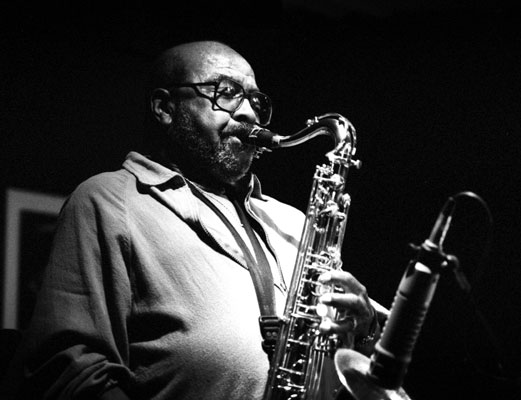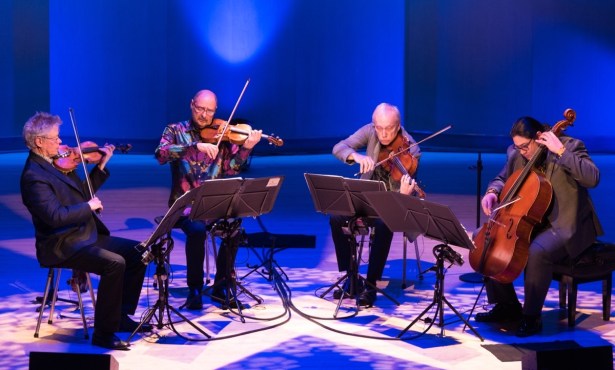James Moody, RIP
Saxophonist Was a True Jazz Original

THERE HE GOES, THERE HE GOES: James Moody, the big-spirited jazz saxophonist who passed away recently at age 85, may go down in jazz history for two very different time-related landmarks. For one, he played beautifully into his “golden years” and illustrated the adage that great jazz musicians can command special depth to the very end—think Moody, or think Hank Jones, another longevity-blessed jazz great who recently passed on. But on the microscopic scale of achievement, Moody illustrated the power of a great solo, his utterly ingenious improvisation played on the standard “In the Mood” in Stockholm one afternoon in 1949. It was transformed into a serpentine vocalese song of its own, “Moody’s Mood for Love,” with lyrics added by Eddie Jefferson and performed by Moody at most of his gigs, post-1949.
What a difference a few minutes make.
Close to home, Moody’s last two decades were spent as a Southern Californian, living down in San Diego with his third wife, Linda, and keeping up with a growing demand for his musical services in the final phase of his life—after working for nearly a half century with Dizzy Gillespie. Moody concertized at the Lobero Theatre in 2004, giving us a hearty dose of well-played standards and his usual joking patter (including this one: “A little boy is getting a bath. He points to his penis and asks his mother, ‘Is this my brain?’ Mother says, ‘Not yet …’). A few years later, Moody appeared as a cameo soloist in the first Solvang Jazz Festival.
In an interview with Moody in 2004, I asked about his admirably upbeat spirit. “Well,” he shrugged, “it’s nice to be jovial. There’s a saying: Everybody’s got one, but you don’t have to act like it. You got that one, right?”
Born in 1925 in Savannah, Georgia, and raised in New Jersey, Moody came up in a musical household, of sorts. “Well,” he said, “my mother played piano in the church and my father played trumpet in Tiny Bradshaw’s band. He was a circus player.” For early jazz heroes, there was Jimmy Dorsey, his “first idol. Then there was Charlie Barnett, Georgie Auld, Ben Webster, Coleman Hawkins, Chu Berry. … Then when I heard Dizzy Gillespie and Charlie Parker, I said, ‘Oh, that’s it.’”
Cut to 1949 in Stockholm, and Moody was finishing up a session, with time for one last tune. He suggested “I’m in the Mood for Love,” and history was in the making stage. “We did it in one take,” he said. “Later on, I copyrighted the melody that I played in the solo.” King Pleasure made it a hit in the ’50s and others have taken it on—e.g., Van Morrison, George Benson, Take Six, Queen Latifah, and Quincy Jones.
I mentioned to Moody that with this solo-cum-song, he invented something lasting on the spot. “I don’t know what to say except that I was trying to play,” he said, humbly, “because I was playing on alto and I was used to playing tenor. So I was fingering the keys, trying to think of what to play. People said, ‘You really must have been inspired.’ I would say, ‘Yeah, I was inspired to try to find out what I was doing.’”
Aha, so it was the power of struggle at work to inspire creativity? He laughed, muttering “Oh yeah, that’s it. I love that: ‘The power of struggle.’”
At the end of our interview, Moody itemized a short list of essential ingredients for happiness. “My goal in life, first, is to make my wife happy, and the next one is to play better tomorrow than I did today. That’s it. I’m not in competition with anyone.” As an afterthought, he added, “Hey, I’ve got a saying for you: If you change the way you look at things, things will change.”
Jazz can blow now if it wants to; Moody’s through. But ne’er forgotten.



